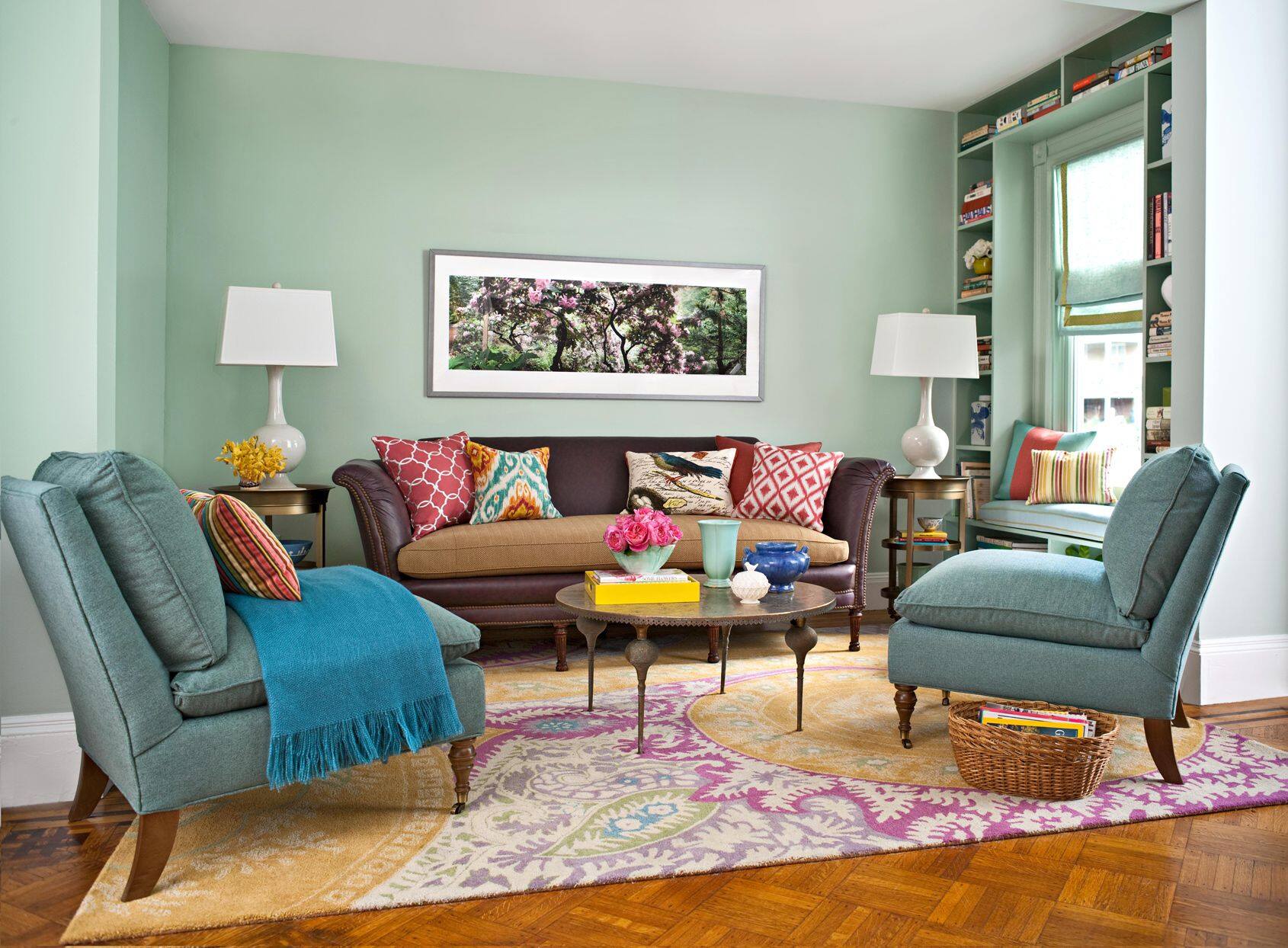

Articles
How To Add Color To Living Room
Modified: January 20, 2024
Discover tips and tricks for adding vibrant color to your living room with our articles. From bold accent walls to colorful furniture, transform your space with ease.
(Many of the links in this article redirect to a specific reviewed product. Your purchase of these products through affiliate links helps to generate commission for Storables.com, at no extra cost. Learn more)
Introduction
Welcome to the world of colorful living rooms! Adding color to your living space can greatly impact the overall look and feel of your home. It can bring energy, inspiration, and a sense of personal style to the room. Whether you prefer a bold and vibrant palette or a softer, more subdued color scheme, there are endless possibilities for incorporating color into your living room.
By strategically choosing colors for the walls, furniture, accent pieces, and more, you can create a space that reflects your personality and creates a welcoming atmosphere for both residents and guests. In this article, we will explore various ways to add color to your living room, from painting the walls to incorporating patterns, textures, and accent pieces.
So, let’s dive in and discover how to make your living room burst with personality and charm!
Key Takeaways:
- Embrace the beauty of color in your living room by choosing a color scheme that resonates with your style and personality. From painting the walls to incorporating colorful furniture and accent pieces, let your creativity shine and create a vibrant and inviting space.
- Infuse personality and vibrancy into your living room by incorporating colorful furniture, accent pieces, patterns, and textures. Balance the use of color, experiment with different combinations, and let your unique taste and style shine through to create a visually engaging and lively space.
Read more: How To Add Color To Neutral Living Room
Choosing the Color Scheme
The first step in adding color to your living room is selecting a color scheme that sets the tone for the space. The color scheme you choose will influence the overall mood and ambiance of the room. Here are a few tips to help you choose a color scheme that suits your style:
- Consider your preferences: Think about the colors that you are naturally drawn to. Do you prefer warm, earthy tones or cool, soothing shades? Understanding your personal preferences will guide you in selecting colors that resonate with you.
- Think about the purpose of the room: Consider how you want your living room to feel. If you want it to be a relaxing space, opt for calming colors such as blues and greens. If you want it to be energizing and lively, consider using vibrant hues like reds and oranges.
- Take into account the size and lighting of the room: The size and natural lighting of your living room will affect how colors appear. Lighter colors can make a small room feel more spacious, while darker colors can add coziness to a large room.
- Consider the existing elements: Look at the furniture, flooring, and architectural details in your living room. Choose colors that complement these existing elements to create a cohesive and harmonious look.
- Use color psychology: Colors can have a psychological impact on our emotions. For example, blue is often associated with calmness and tranquility, while yellow can evoke feelings of happiness and energy. Consider the emotional effect you want to achieve when selecting colors for your living room.
Remember, there are no strict rules when it comes to choosing a color scheme for your living room. It’s all about finding colors that resonate with you and creating a space that reflects your personality and style.
Painting the Walls
Once you have decided on a color scheme, it’s time to bring those colors to life by painting the walls. Painting the walls is one of the most effective ways to transform the look of your living room and add a burst of color. Here are some tips to consider when painting the walls:
- Preparation: Properly prepare the walls by cleaning them thoroughly and filling any holes or cracks. Take the time to protect furniture and floors by using drop cloths and painter’s tape.
- Color selection: Choose a paint color that complements your chosen color scheme. Consider the natural lighting in the room and how the color will appear in different lighting conditions.
- Accent walls: If you want to make a bolder statement, consider painting one wall a different color than the others. This can add depth and visual interest to the room.
- Paint finish: Consider the finish of the paint. Matte finishes are great for hiding imperfections, while glossier finishes can add a touch of elegance.
- Test before committing: Before painting the entire room, it’s wise to test the color on a small section of the wall, to ensure it looks as you envisioned.
Remember to paint in thin, even coats and allow each coat to dry fully before applying the next. This will result in a smooth, professional finish. Don’t be afraid to experiment with different colors and techniques, as painting the walls is a creative process that allows you to express your style and personality.
Once the walls are painted, you will see an immediate transformation of your living room, as the colors you have chosen come to life and create a vibrant, welcoming space.
Adding Colorful Furniture
After painting the walls, the next step in adding color to your living room is incorporating colorful furniture pieces. Furniture can play a significant role in creating a visually appealing and vibrant space. Here are some ideas to add a pop of color with furniture:
- Sofas and Chairs: Opt for sofas and chairs in bold, vibrant colors such as red, blue, or green. These statement pieces can instantly liven up the room and become the focal point of your living room.
- Accent Chairs: Consider adding accent chairs in a contrasting color to the rest of the furniture. This can create a visually interesting and dynamic look.
- Throw Pillows: Use throw pillows in various colors and patterns to add visual interest to neutral-colored sofas or chairs. Mix and match different textures and sizes for a playful and inviting look.
- Rugs: Choose a colorful area rug with patterns or bold colors to anchor the seating area and add warmth to the room. An eye-catching rug can bring all the furniture pieces together and create a cohesive look.
- Tables and Cabinets: Consider adding a colorful coffee table or side table to inject color into the living room. You can also choose cabinets or shelves in vibrant shades to display books, accessories, or decorative pieces.
Remember to balance the use of color in your furniture pieces. If you opt for a bold-colored sofa, balance it with more subtle and neutral-toned furniture to avoid overwhelming the space. Adding colorful furniture will not only infuse your living room with personality but also create a visually appealing and lively atmosphere.
Feel free to mix and match colors and experiment with different furniture arrangements until you achieve a cohesive and vibrant look that suits your taste and style.
Using Accent Pieces
When it comes to adding color to your living room, accent pieces can make a big impact. These small decorative items can add pops of color and personality to the room. Here are some ideas for using accent pieces:
- Throw Blankets: Drape colorful throw blankets over sofas or chairs to add both color and coziness to the room. Opt for patterns or textures that complement your overall color scheme.
- Decorative Pillows: Place decorative pillows in various sizes, colors, and patterns on your sofas or accent chairs. They can instantly transform the look of your living room and add visual interest.
- Vases and Bowls: Choose vases and decorative bowls in vibrant colors and fill them with flowers or colorful fruit. These can serve as eye-catching centerpieces on coffee tables or shelves.
- Wall Art: Hang colorful artwork or prints on the walls to enhance the color scheme of your living room. Artwork can add a focal point and bring your chosen colors to life.
- Decorative Mirrors: Mirrors not only reflect light and create the illusion of a larger space, but they can also be decorative accents. Choose mirrors with colorful frames or unique shapes to add a touch of color and style to your living room walls.
- Curtains and Drapes: Opt for curtains or drapes in bold, vibrant colors to add a pop of color to your living room windows. They can instantly transform the look of the space and tie in with your overall color scheme.
Remember, accent pieces should complement the overall color scheme of your living room and add visual interest without overwhelming the space. Mix and match different accent pieces to create a unique and personalized look that reflects your style and personality.
By strategically placing colorful accent pieces throughout your living room, you can create a cohesive and visually appealing space that is full of charm and personality.
Consider adding color to your living room through accent pillows, throw blankets, and artwork. These small touches can easily be switched out to change the color scheme with the seasons or your mood.
Read more: How To Add Color To A Brown Living Room
Incorporating Patterns and Textures
Adding patterns and textures is another effective way to bring color and visual interest to your living room. By incorporating different patterns and textures, you can create a dynamic and layered look that adds depth to the space. Here are some ideas to incorporate patterns and textures:
- Patterned Wallpaper: Consider using patterned wallpaper on an accent wall to create a stunning focal point. Choose a pattern that complements your color scheme and adds visual interest to the room.
- Patterned Upholstery: Opt for furniture pieces with patterned upholstery such as floral prints, geometric designs, or ikat patterns. These can add a playful and lively touch to your living room.
- Textured Fabrics: Incorporate textured fabrics such as velvet, linen, or knitted throws and pillows. These add depth and tactile interest to the room, creating a cozy and inviting atmosphere.
- Area Rugs: Choose area rugs with intricate patterns or bold colors to add visual interest to the floor. The rug can serve as a statement piece and tie the entire room together.
- Decorative Baskets: Use decorative baskets with woven textures to store blankets, magazines, or other items. These not only add texture but also provide functional storage solutions.
- Patterned Curtains: Elevate your window treatments by choosing curtains with colorful patterns. This will not only add a visual element but also help tie in the overall color scheme of the room.
When incorporating patterns and textures, it’s important to strike a balance. Avoid using too many patterns that clash with each other. Instead, mix and match different patterns and textures, ensuring they complement each other and the overall color scheme.
By incorporating patterns and textures into your living room, you can create a visually engaging and inviting space that reflects your personal style and adds depth and dimension.
Enhancing with Window Treatments
Window treatments can play a crucial role in adding color and style to your living room. They not only provide privacy but also serve as an opportunity to enhance the overall aesthetic of the space. Here are some ideas for enhancing your living room with window treatments:
- Curtains and Drapes: Choose curtains or drapes in colors that complement your living room’s color scheme. Opt for bold and vibrant colors to make a statement or go for subtle shades for a more understated look.
- Patterned or Textured Fabrics: Consider using curtains with patterns or textured fabrics to add visual interest. Floral prints, stripes, or geometric designs can bring life to your windows.
- Sheer Curtains: If you want to maintain an airy and light ambiance in the room while adding a touch of color, opt for sheer curtains. They allow natural light to flow in while softly filtering the view.
- Window Valances: A window valance can be a decorative and colorful addition to your living room. It can be used alone or in combination with curtains or blinds to create a layered look.
- Blinds or Shades: Choose blinds or shades in colors that complement your living room decor. They offer flexibility in adjusting light levels while adding a touch of sophistication to the windows.
- Tiebacks and Holdbacks: Use tiebacks or holdbacks to add a decorative element to your curtains. Opt for vibrant and contrasting colors to create a focal point around the windows.
When selecting window treatments, consider the natural light in your living room and the mood you want to create. Lighter colors can make the room feel open and airy, while darker colors can add drama and coziness.
Remember, window treatments are not only functional but also an opportunity to infuse color and style into your living room. Choose treatments that align with your overall design aesthetic and create a harmonious and inviting space.
Decorating with Plants and Artwork
Incorporating plants and artwork into your living room can add a touch of nature and individuality to the space. Plants not only bring a sense of freshness but also provide a natural pop of color. Artwork, on the other hand, can become a focal point and add personality to the room. Here are some ideas for decorating with plants and artwork:
- Indoor Plants: Choose plants in different sizes and varieties to add greenery and color to your living room. Place them on shelves, side tables, or in plant stands to create a natural and vibrant atmosphere.
- Hanging Plants: Consider hanging plants from the ceiling or placing them in wall-mounted planters. This not only maximizes space but also adds visual interest by bringing greenery at eye level.
- Artwork: Hang artwork on the walls to add color and style to your living room. Choose pieces that resonate with your personal taste and complement the room’s color scheme. Abstract paintings, landscapes, and photographs are popular choices.
- Gallery Wall: Create a gallery wall by arranging multiple pieces of artwork of different sizes and styles. This eclectic display adds visual interest and becomes a focal point in the room.
- Sculptures and Figurines: Incorporate sculptures or figurines in various materials and colors to add dimension and uniqueness to your living room decor. Place them on shelves, side tables, or display cabinets.
- Statement Art Piece: Choose a large, eye-catching art piece as a conversation starter and focal point. This can be a painting, a tapestry, or a framed poster that reflects your personal style.
When decorating with plants and artwork, consider the scale of your living room and the placement of furniture. Create a balanced arrangement by varying the heights and sizes of the plants and artwork.
Plants and artwork can bring life, color, and personal style to your living room. Get creative and experiment with different combinations to create a space that is visually appealing and reflects your unique taste and personality.
Lighting for Colorful Ambience
Lighting plays a crucial role in setting the mood and enhancing the colorful ambience of your living room. The right lighting choices can accentuate the colors in the room and create a warm and inviting atmosphere. Here are some tips for using lighting to enhance the colorful ambience of your living room:
- Natural Light: Utilize natural light by keeping your windows unobstructed during the day. Natural light not only illuminates the space but also enhances the colors and brings out their true vibrancy.
- Ambient Lighting: Install overhead or recessed lighting fixtures to provide general illumination in the room. Use dimmer switches to adjust the intensity of the light, creating a cozy and relaxed atmosphere.
- Task Lighting: Incorporate task lighting such as table lamps or floor lamps to provide focused light for activities like reading or working. Choose lamps with colorful lampshades or bases to add a touch of color to the room.
- Accent Lighting: Use accent lighting to highlight specific areas or objects in the room. Consider installing spotlights or wall sconces to illuminate artwork, plants, or architectural features.
- Colored Lighting: Add a dramatic touch by using colored light bulbs or LED strips. You can change the color according to your mood or the occasion, creating a dynamic and vibrant ambience.
- Statement Chandeliers or Pendants: Make a bold statement with a colorful chandelier or pendant light. Choose fixtures that complement the overall color scheme and become a centerpiece in your living room.
Remember to layer your lighting sources to create depth and dimension in the room. Combine different types of lighting, such as overhead, task, and accent lighting, to create a visually appealing and well-lit living space.
By paying attention to the lighting in your living room, you can enhance the colors, create a warm and inviting atmosphere, and showcase the vibrant elements of the room.
Read more: How To Add Pop Of Color To Living Room
Conclusion
Adding color to your living room is a wonderful way to infuse personality, style, and vibrancy into your home. Whether you prefer bold and eye-catching hues or subtle and soothing tones, there are endless options to create a colorful ambience that reflects your personal taste. By following the tips and ideas mentioned in this article, you can transform your living room into a lively and inviting space.
Start by choosing a color scheme that resonates with you and sets the desired mood for the room. Paint the walls with colors that embrace your style and create a beautiful backdrop. Then, incorporate colorful furniture, accent pieces, patterns, and textures to bring visual interest and depth to the space.
Don’t forget the impact that window treatments, plants, artwork, and lighting can have on the overall color scheme. Use curtains, drapes, and blinds to add a touch of color and style to your windows. Decorate with plants and artwork to bring nature and personal taste into the room. And, finally, play with lighting to enhance the colors and create the perfect ambience.
Remember, the key is to find a balance and create a cohesive look that reflects your personality and makes you feel at home. Let your creativity shine as you choose colors, patterns, and textures that speak to you and create a living room that is full of life, joy, and color.
So, go ahead and embrace the beauty of color in your living room. Be bold, be adventurous, and have fun transforming your space into a colorful haven that you and your loved ones will enjoy for years to come!
Frequently Asked Questions about How To Add Color To Living Room
Was this page helpful?
At Storables.com, we guarantee accurate and reliable information. Our content, validated by Expert Board Contributors, is crafted following stringent Editorial Policies. We're committed to providing you with well-researched, expert-backed insights for all your informational needs.
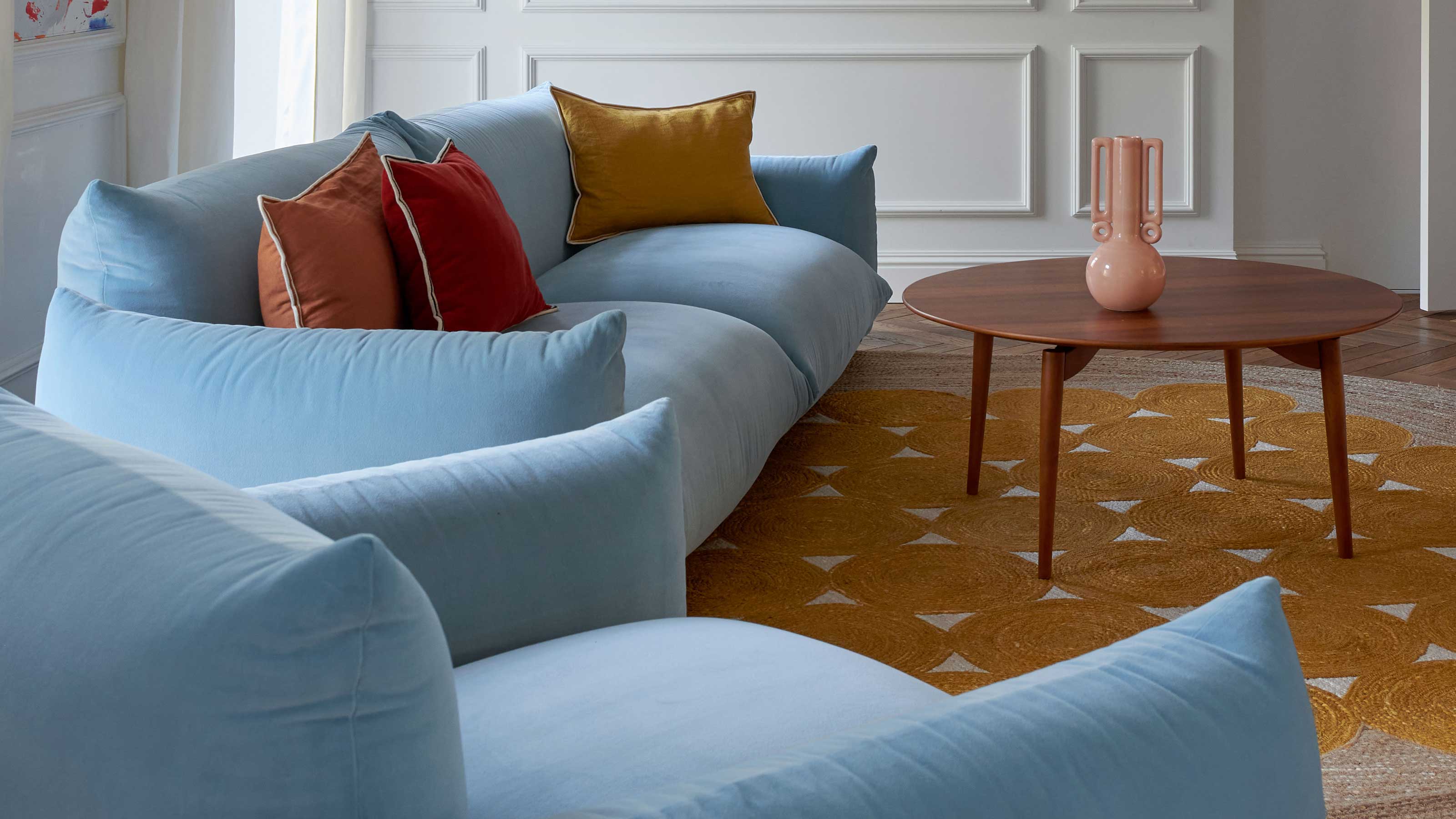
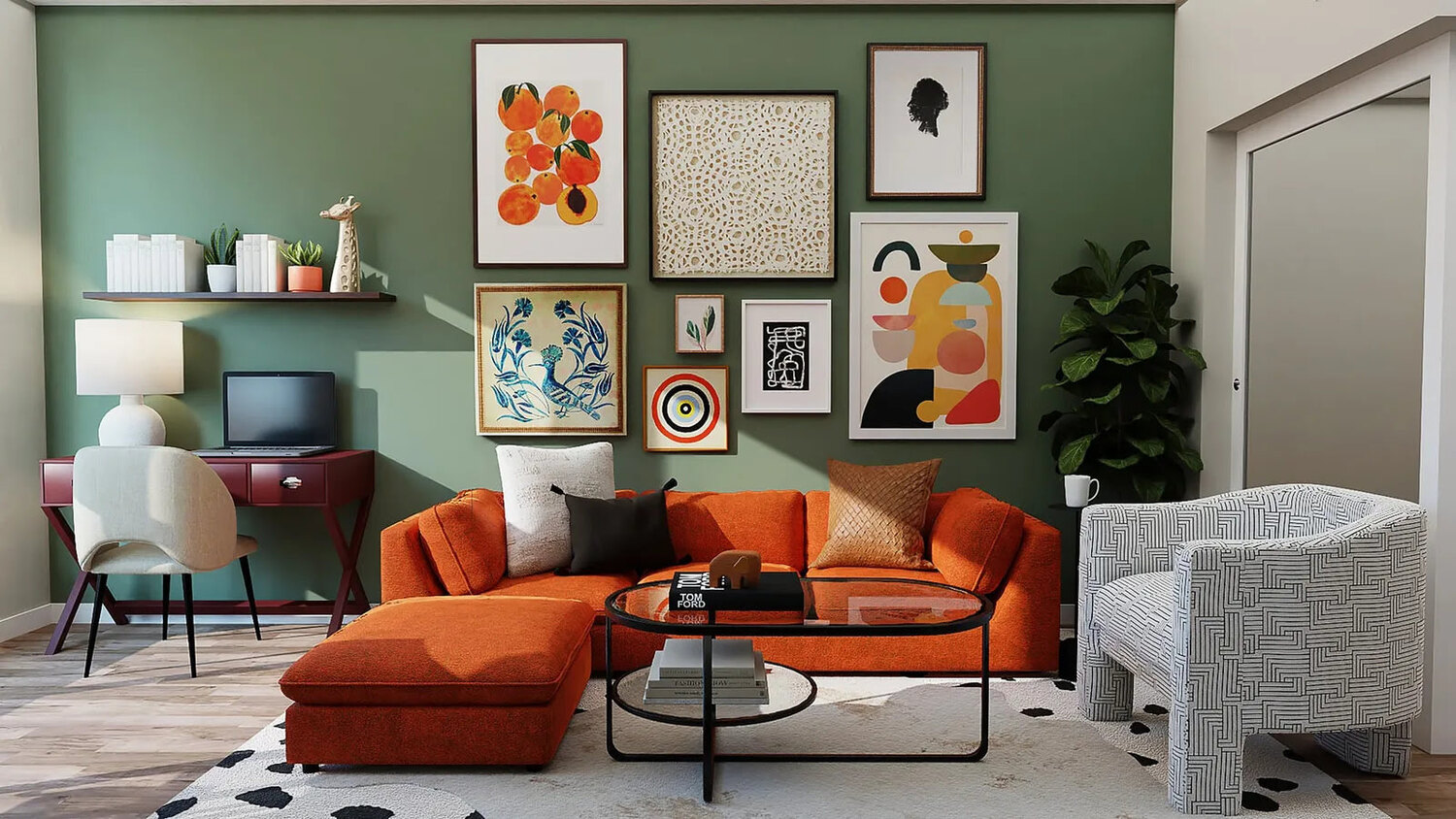
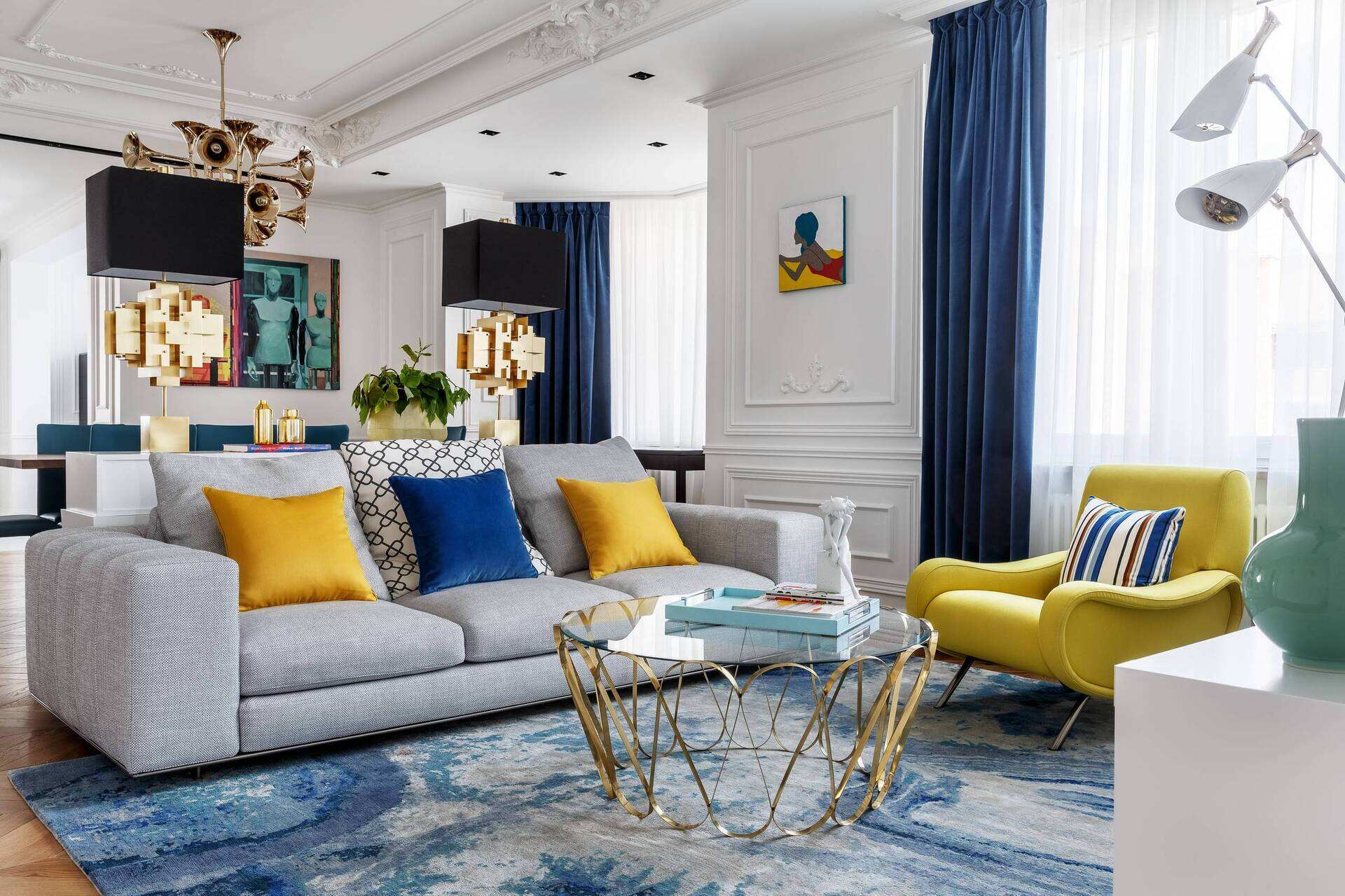
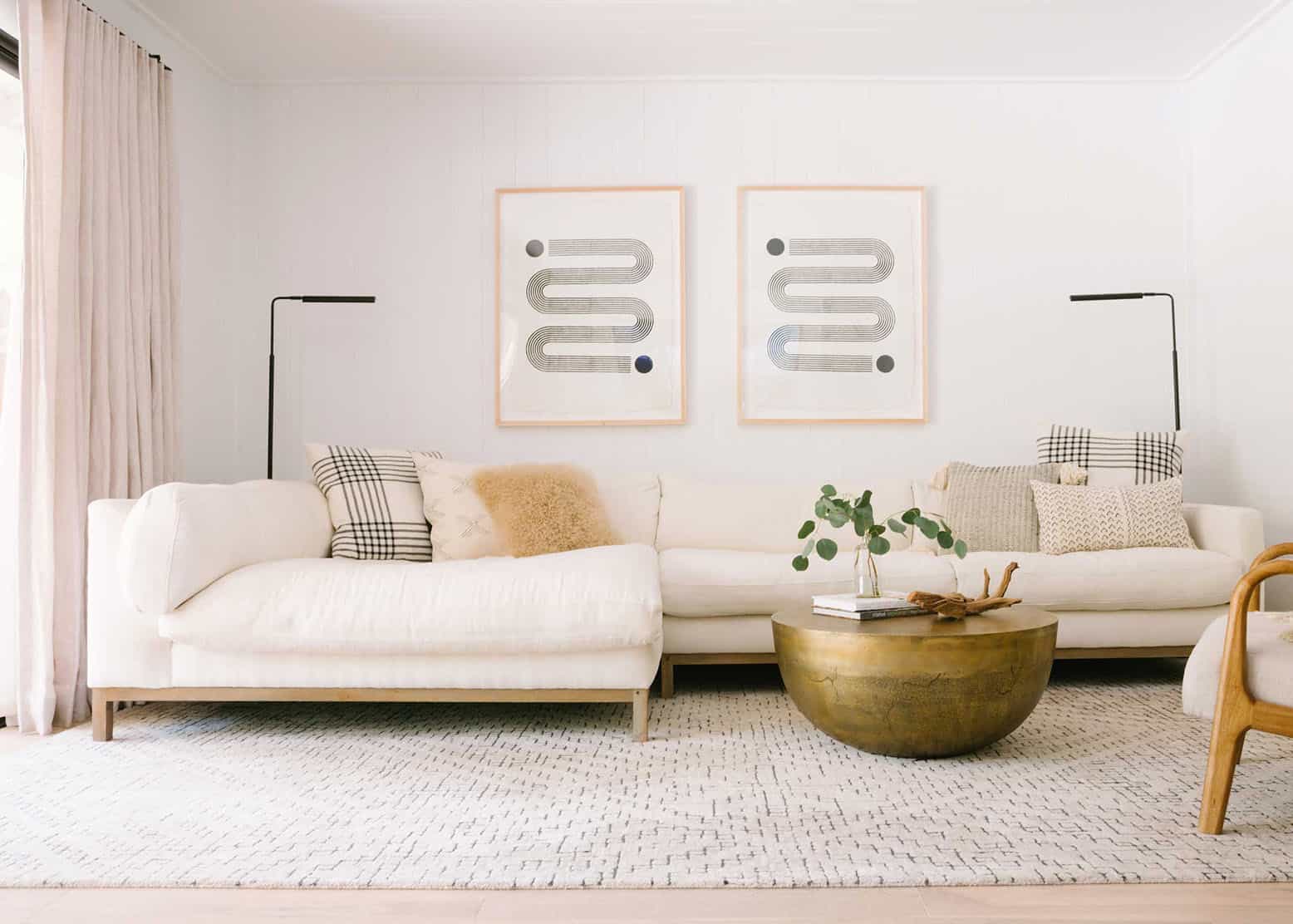
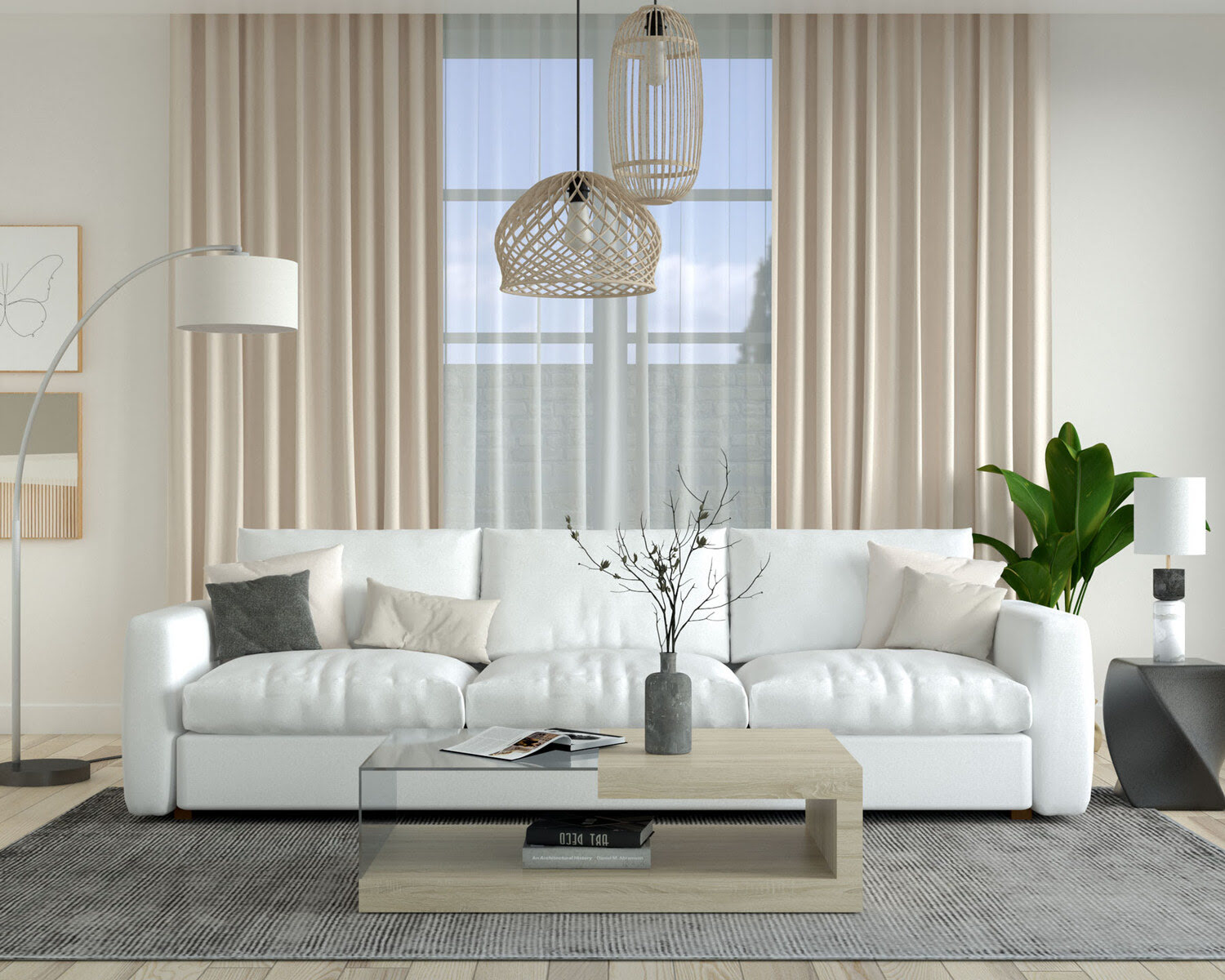
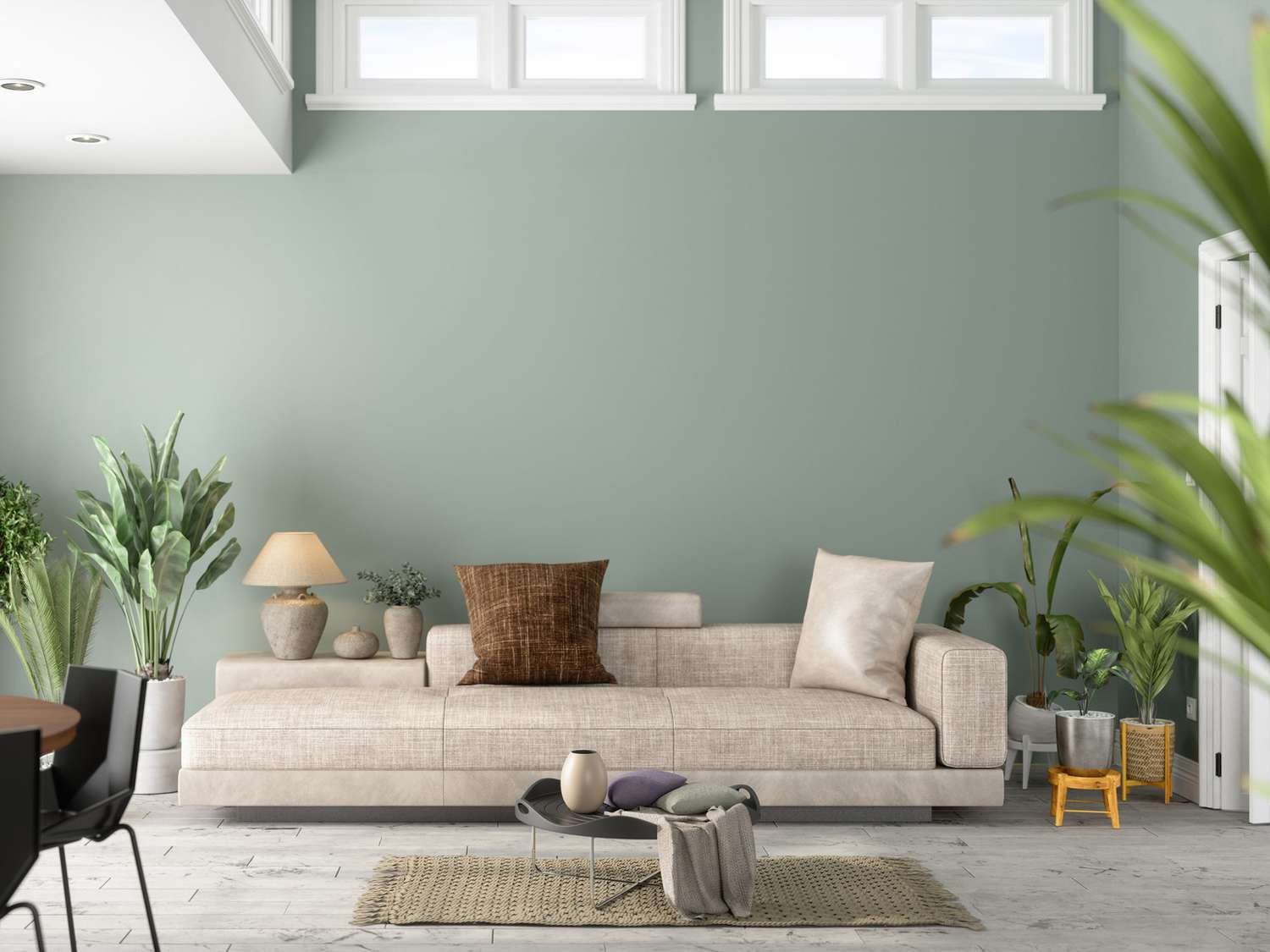
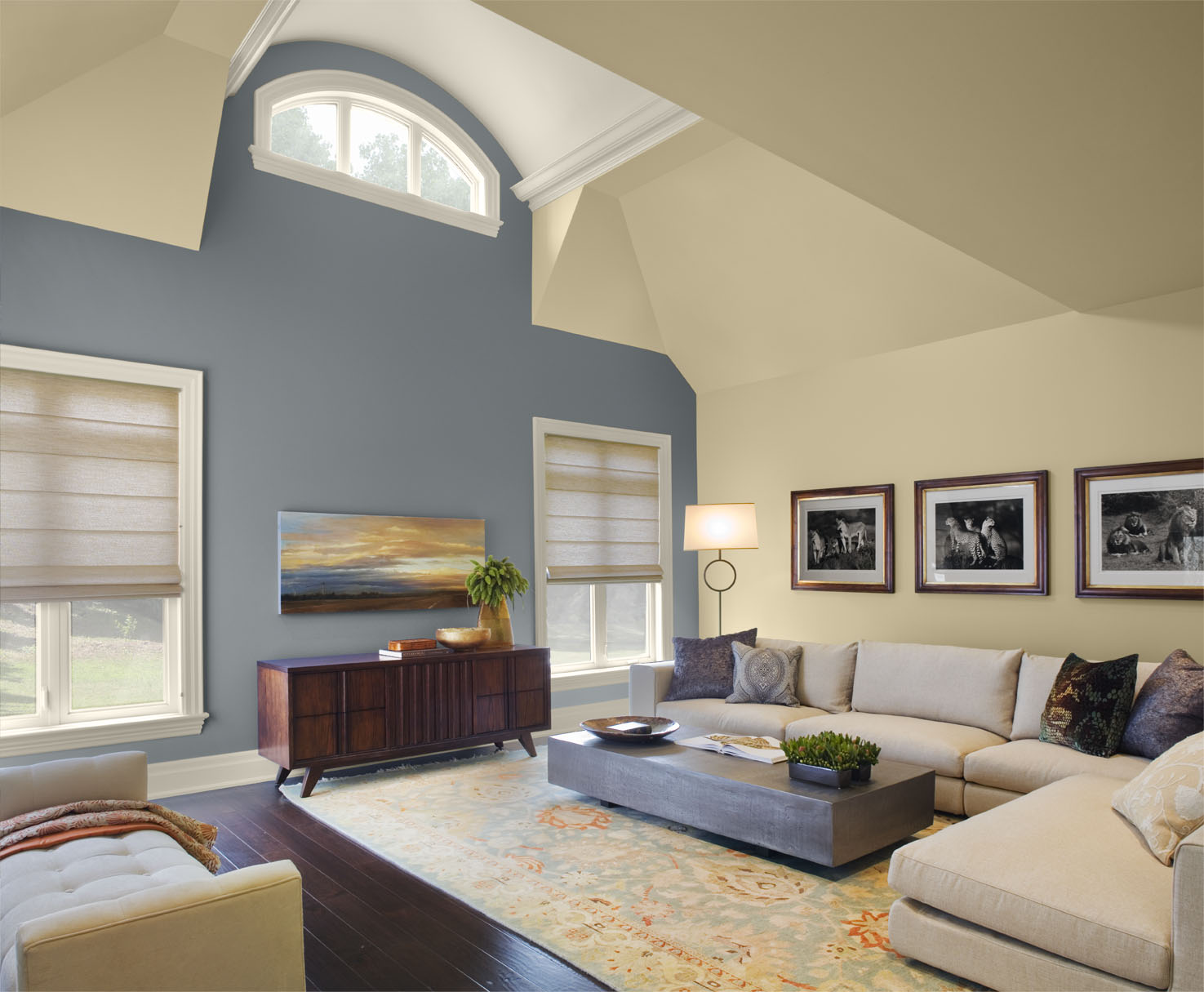
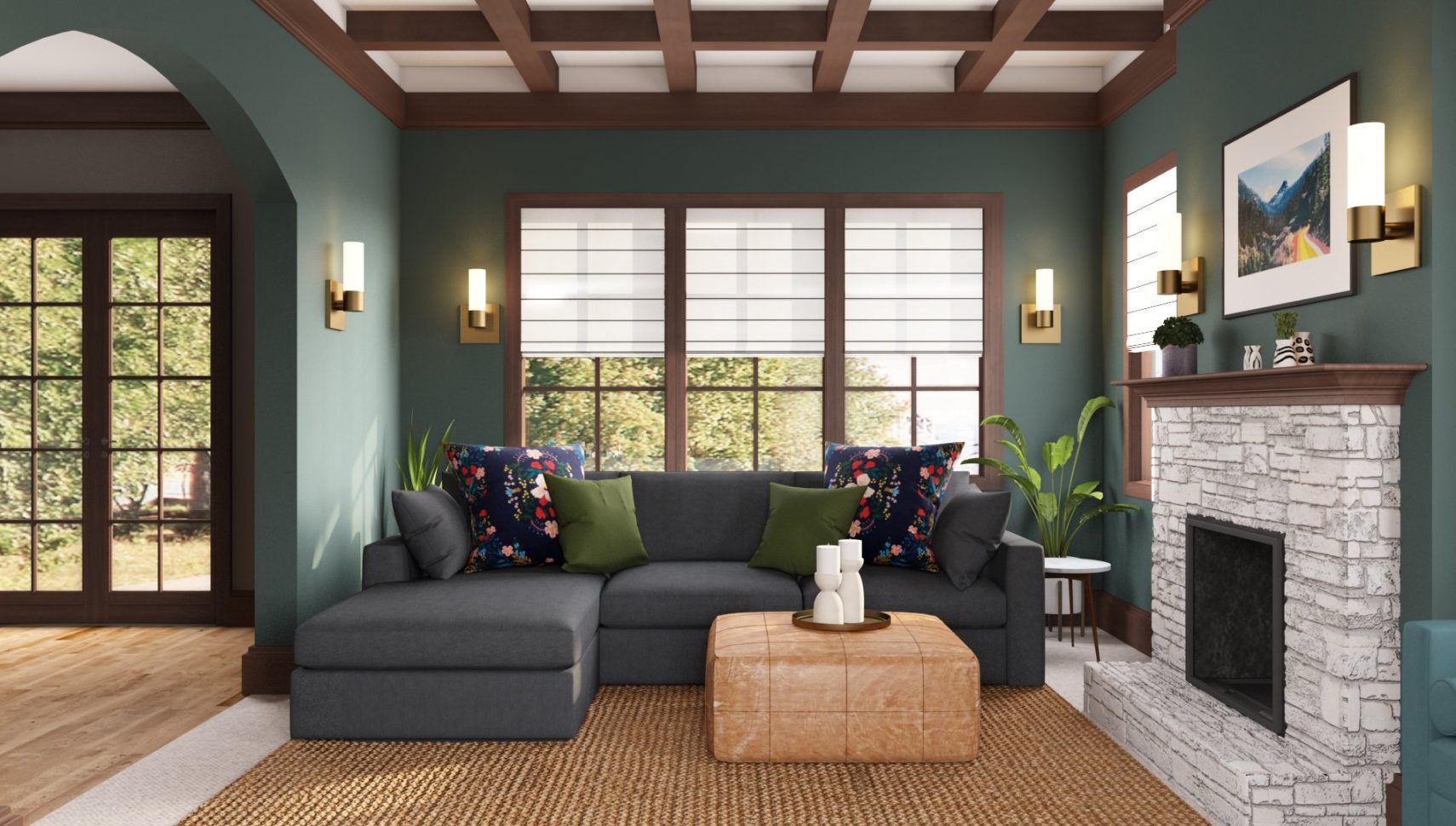
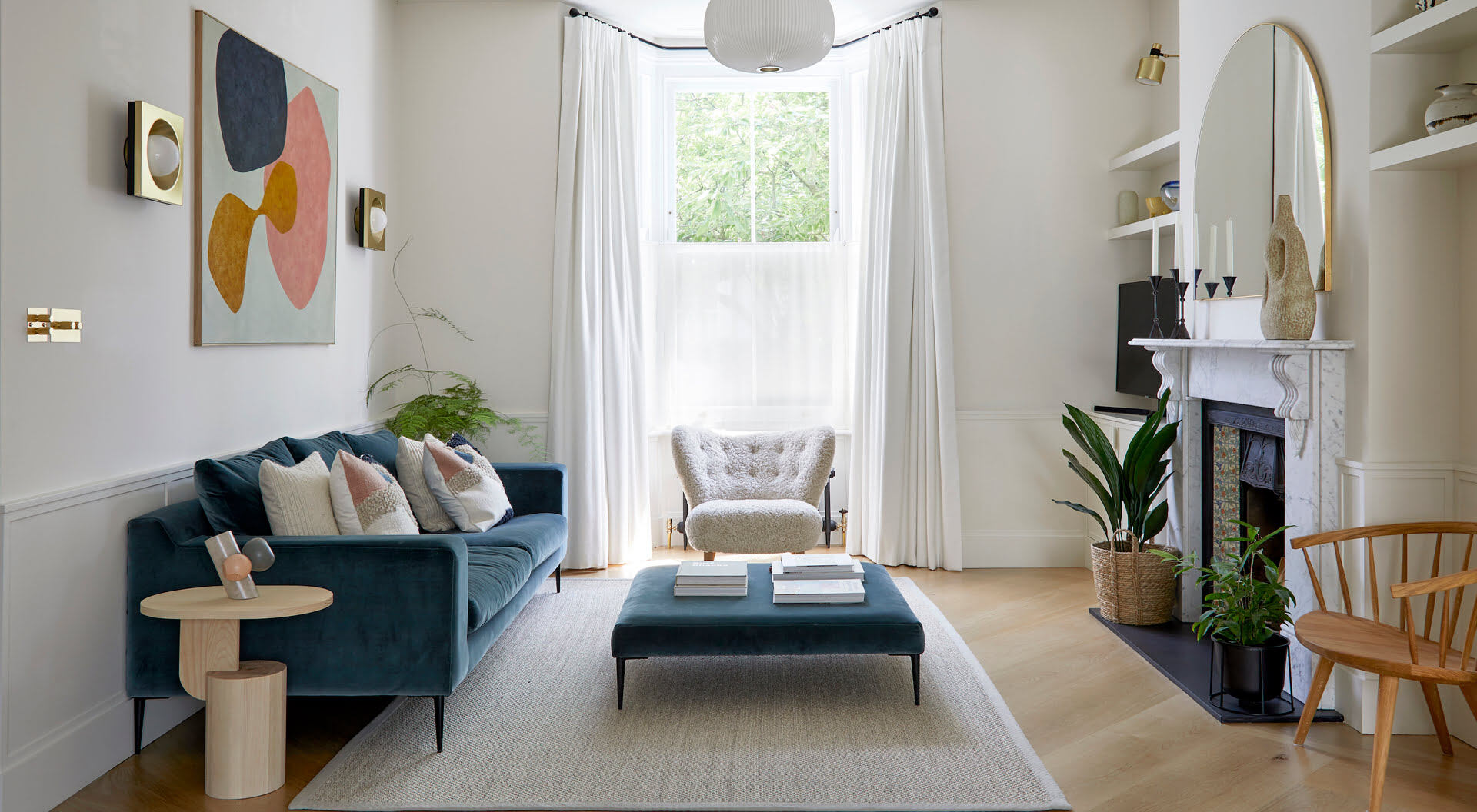
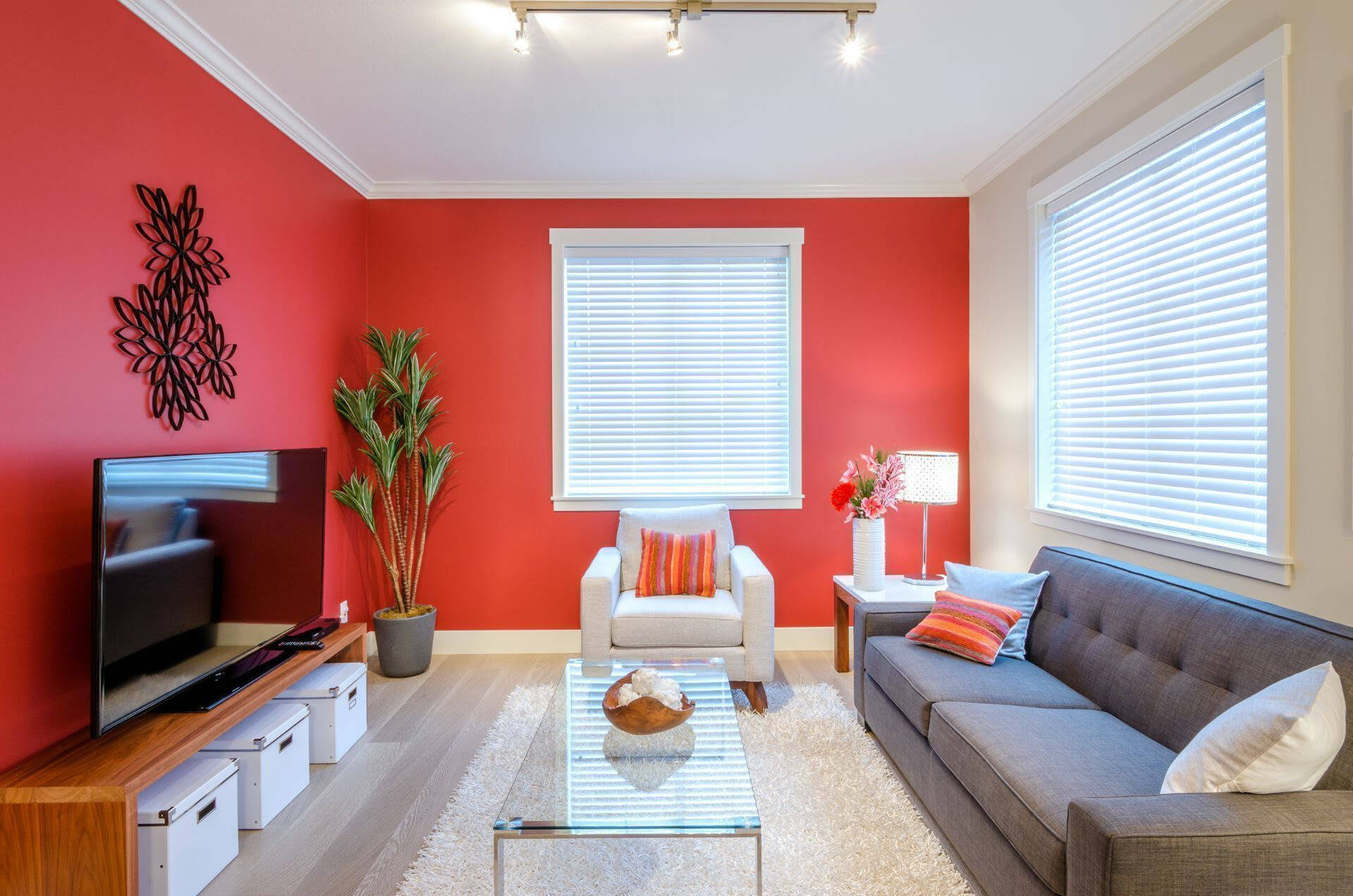
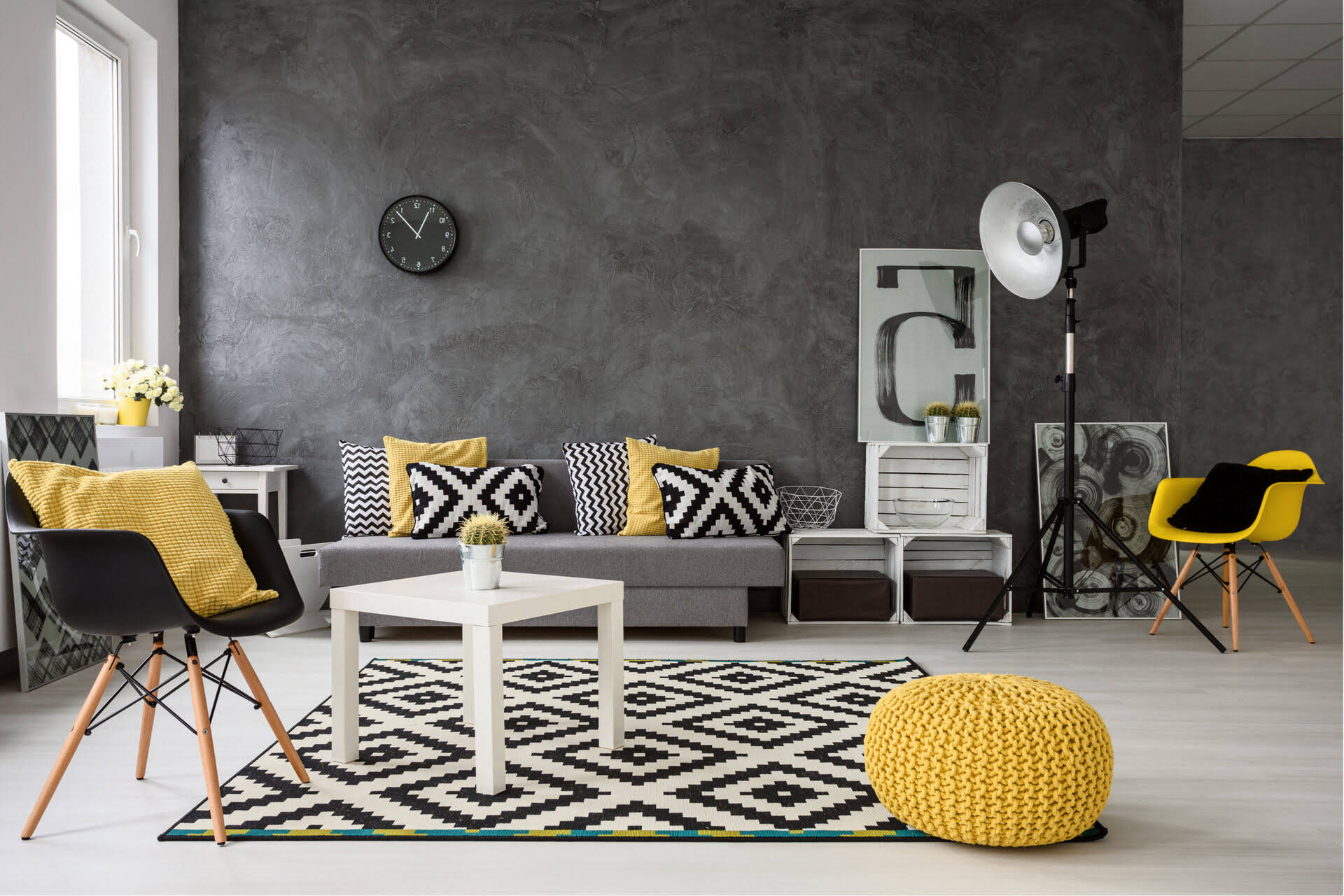
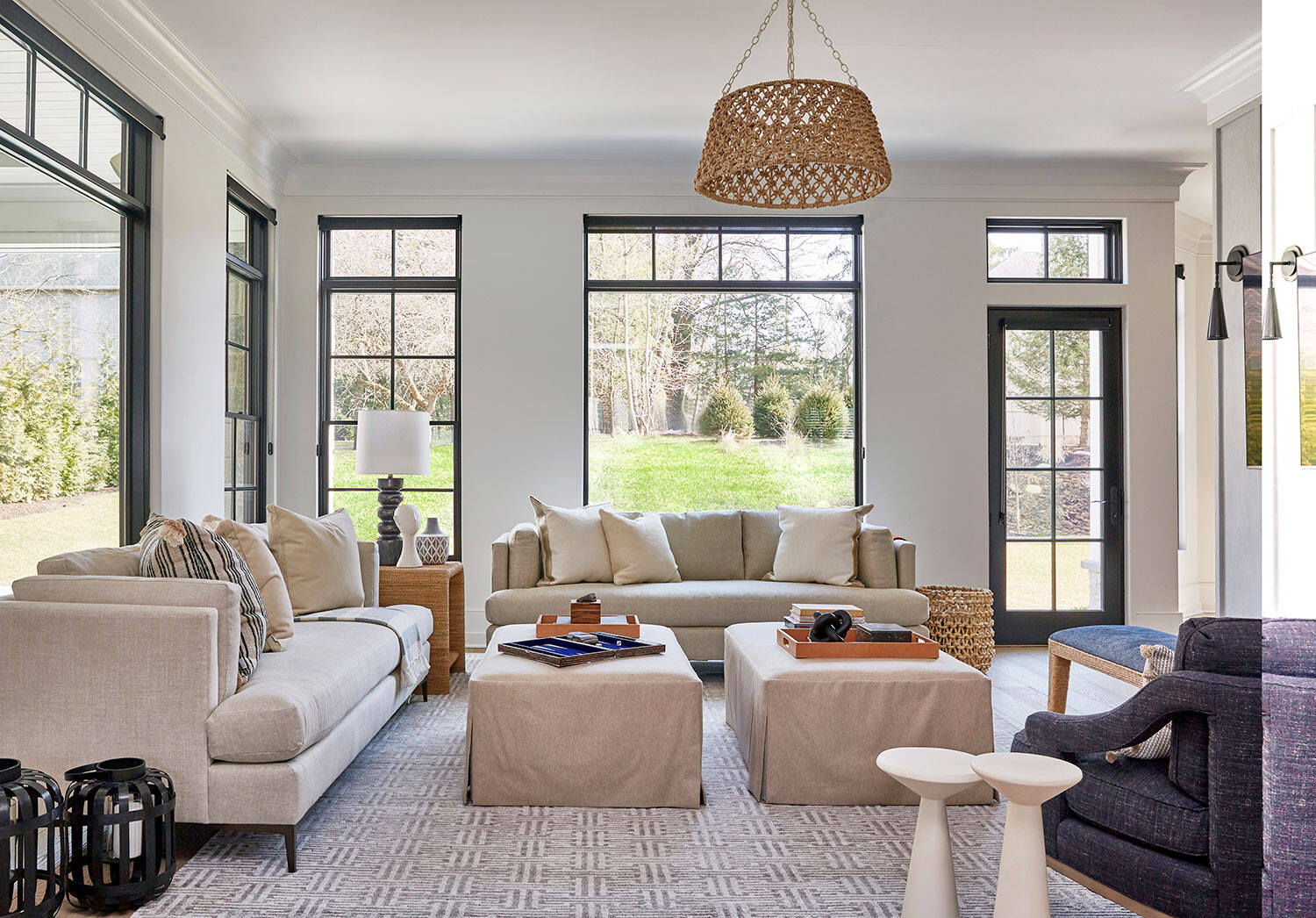
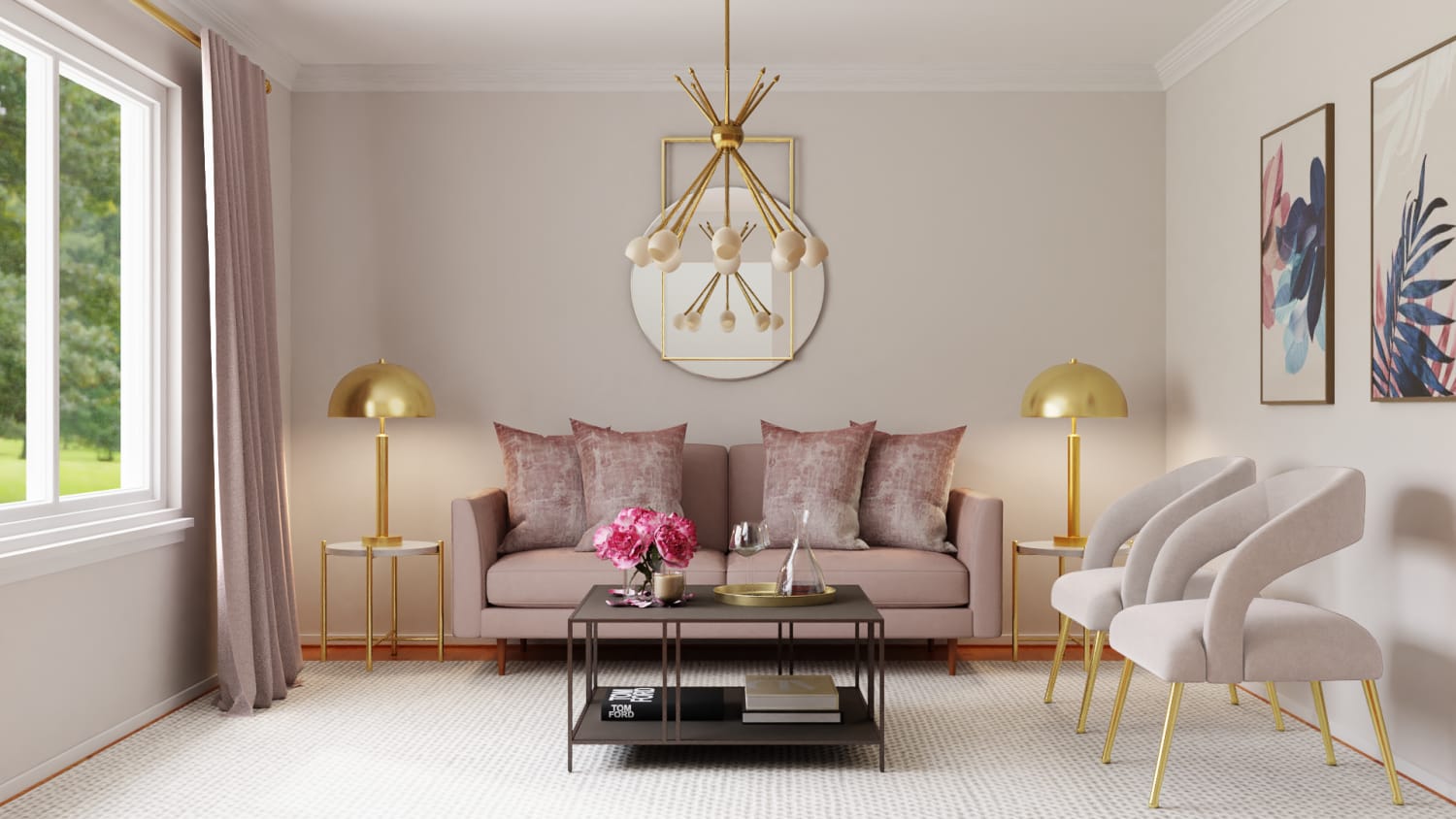

0 thoughts on “How To Add Color To Living Room”